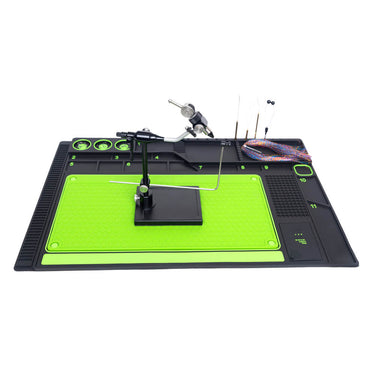Nature's Tiny Nighttime Warriors: The Secret Life of Earwigs
Earwigs are insects belonging to the order Dermaptera, known for their distinctive pincer-like cerci (forceps) at the end of their abdomen. Here’s a quick overview:
Key Features:
Appearance: Slender, flattened bodies (5–50 mm long), with membranous wings folded under short, leathery forewings (some species are wingless).
Cerci (Forceps): Used for defense, mating, and folding wings. Males usually have larger, curved cerci than females.
Habitat: Nocturnal; found in moist, dark places (under rocks, logs, mulch, or inside homes).
Diet: Omnivorous—eat plants, decaying organic matter, and small insects (e.g., aphids).
Common Misconceptions:
"Earwigs crawl into ears": A myth (though the name comes from Old English ēarewicga, "ear creature"). They don’t seek out human ears.
"They’re dangerous": They can pinch if handled but are harmless to humans. Some species may damage plants.
Life Cycle:
Females lay eggs in soil, guarding them until they hatch.
Nymphs resemble adults but lack wings; they molt 4–5 times before maturity.
Pest Control (if needed):
Reduce moisture (fix leaks, clear debris).
Use traps (rolled newspaper, oil-soaked containers).
Insecticides (as a last resort).
Fun Fact:
Some earwig mothers care for their young—rare among insects!
Let me know if you'd like details on a specific aspect!















